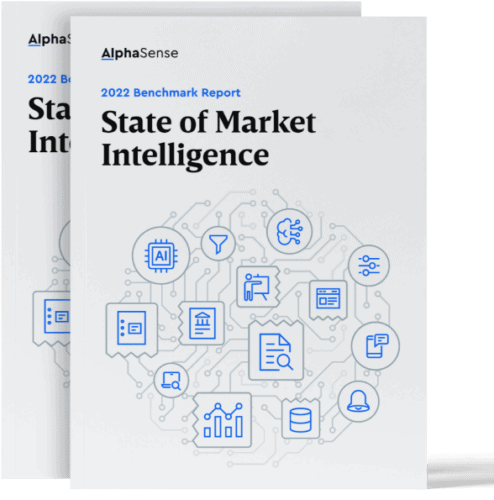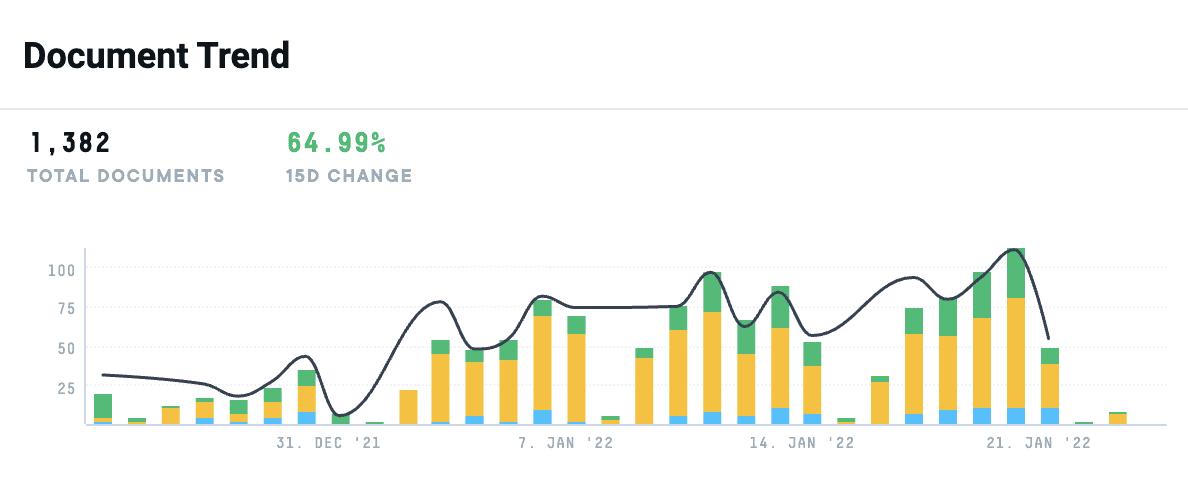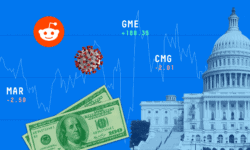State of Market Intelligence
Read the report
The oil and gas industry has experienced significant disruption over the last two years. Pressures from COVID-19, tightened greenhouse gas regulations and changing public perception have all impacted the operational efficiency, productivity, predictability, and profitability of this industry.
It is increasingly clear that the next five years for the oil and gas industry will be strongly influenced by capital markets’ reluctance to invest in oil and gas and the dissonance among government, consumer, and investor perceptions about the speed with which oil and gas should or can be replaced and the roadblocks that will slow that transition.
And while the oil and gas industry rebounded in some ways in 2021, such as oil prices reaching their highest levels in years, uncertainty still looms over market dynamics in the coming year. Market developments and disruptions throughout 2021 made structural undersupply of oil and gas commodities self-evident. In prior times, that would mean high returns and a rush to invest, but we are far from prior times. As a result, expected tensions between higher energy costs and emission reduction will reinvigorate a discussion around energy reliability and affordability.
Looking at 2022 and beyond, here are the industry disruptors that will shape the path forward for oil and gas companies.
ESG is Front and Center
It’s clear that oil and gas companies are feeling the pressure to deliver meaningful ESG strategies in 2022 and beyond. How oil and gas companies respond to ESG implementation will define their overall positioning in the years to come.
Oil and gas companies that invest proactively in ESG will have a clear competitive advantage. One growing ESG investment strategy is digitizing operations. Oil and gas companies are looking to digital twins and data platforms to move beyond simple monitoring into emission control. At the same time, companies are weighing opportunities to invest in decarbonized energies such as hydrogen, wind, solar, geothermal, and others. Those with command of the technologies will be at an advantage.
Other oil and gas companies will focus less on being leaders in the field and more on transparency as an essential part of business operations. They will be proactively updating their systems, practices, and data reporting in order to keep up with industry standards.
China’s Need for Oil
According to recent broker documents in the platform, China’s oil imports could rebound by as high as 6-7% in 2022. This is a reversal of the rare decline last year, as buyers stepped up purchases for refining units and worked to replenish low inventories. Demand for China’s oil would help to underpin global oil prices, ensuring that supplies stay tight amid forecasts showing jumps in crude prices to $100 plus per barrel. This demand recovery is not expected until the second half of the year, as China continues to fight COVID outbreaks and limits oil production from smaller refiners.
In addition, Chinese refineries are under a lot of pressure to cut oil products output as Beijing works diligently to ensure that emissions stay under control ahead of the February Winter Olympics. This is music to South Korea’s ears, as they have already established themselves as a major oil products supplier with a great market share in the regional export market, which is ripe with potential to expand. South Korea is looking to take advantage of Chinese oil products supply in the regional market by raising run rates and crude throughput, in order to solidify their dominant Asian middle distillate export market position.
LNG Exports and Geopolitical Tensions
The U.S. has cemented itself as the world’s leading exporter of liquified natural gas, as China’s oil shortage and Europe’s energy crisis surge demand for American shipments. LNG exports from the U.S. clocked in at 7.7 million tons in December, according to ICIS LNG Edge, taking the lead over rival producers in Qatar and Australia.
Analysts from Morgan Stanley Research expect that demand to rise 25 to 50% by 2030, making LNG the fastest growing hydrocarbon over the next decade. In the last 30 days alone, there has been a 64% increase in documentation within the platform for “LNG”.
As the US celebrates this milestone, geopolitical tensions drill on. Russian hostilities towards Ukraine has the entirety of Europe on edge with the possibility of a serious supply squeeze. The US is working to help Europe secure emergency gas supplies but there is only so much the Biden administration can do. A majority of US gas supplies have been sold to other customers and Europe doesn’t have the home front resources to import more. Russia, which typically supplies Europe with 40% of their natural gas, has downplayed the concerns that they could potentially decrease their flow of fuel by a substantial margin. Analysts think this is unlikely, given the sales are a significant source of Russian revenue, but if Russian supplies did get cut off during winter, Europe would pay a steep price.
US Commercial Petroleum Stocks Have Fallen
Despite the latest EIA report noting a crude oil inventory build, US commercial petroleum stocks have declined over the past year and a half, falling well below the seasonal averages for the past five years. The continuous decline suggests that supply has not caught up with rebounding demand, as US production companies have not responded with new drilling activity.
The lower petroleum stocks have contributed to overall market tightness, along with the OPEC+ group’s inability to meet rising monthly production quotas and rising global demand as economies continue pushing towards normalcy.
Global demand for oil has sustained amongst the Omicron variant so far, going so far as to push the International Energy Agency to revise their 2022 demand growth estimate by 200,000 barrels per day (bpd).
The Rise of EV is Here to Stay
Last year, the Department of Energy (DOE) released a national blueprint outlining their plan to boost America’s ability to make lithium batteries. On the current trajectory, the U.S. will produce less than half the projected demand for lithium-ion batteries for electric vehicles by 2028.
With a lack of clear-cut strategy, the DOE laid out priorities for federal investment in the technology over the next decade to right the ship. In the short term, they have suggested mandating recycling to harvest materials from old products. In the long term, the DOE wants to make lithium-ion batteries without cobalt and nickel.
In addition, newly released guidelines require federal contractors and grantees to manufacture the product they are researching and developing in the U.S. All of this signals a broader push by the Biden administration to establish more domestic supply chains. Ultimately, it will take a while until the market for lithium batteries reaches its full potential, mainly in part due to the durability of these batteries.
Want to know to what extent is the C-Suite really updating shareholders on sustainability topics? Interested in learning which other industries are discussing ESG, and more importantly, which ones are staying silent? Watch our on-demand webcast with SAP, ESG and Sustainability Trends in the C-Suite: The Winners, Losers, and Future Outlook.






